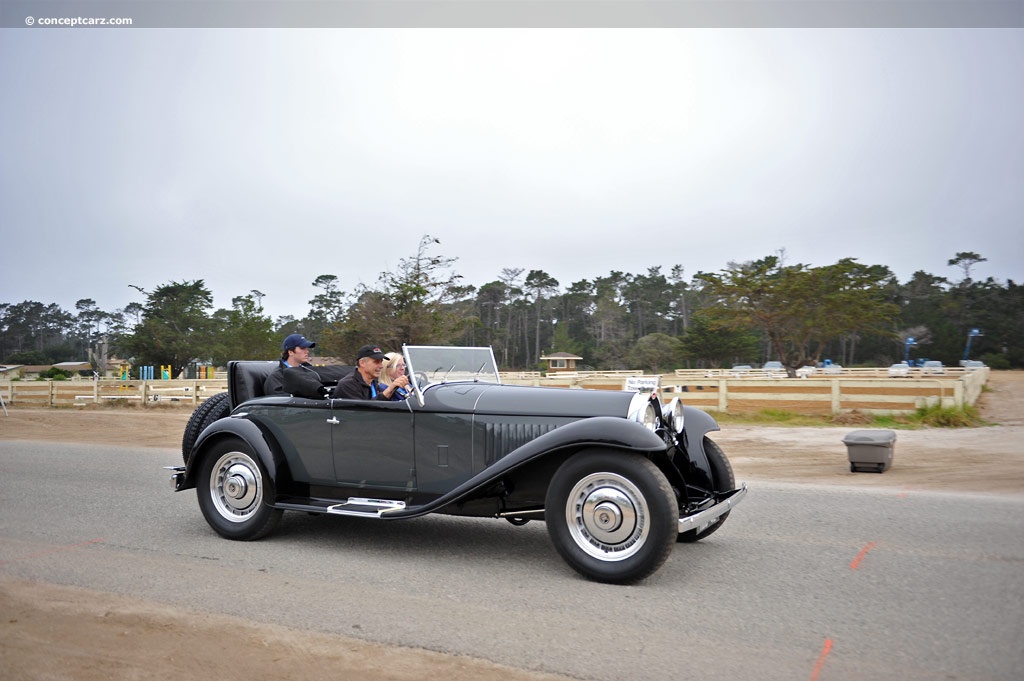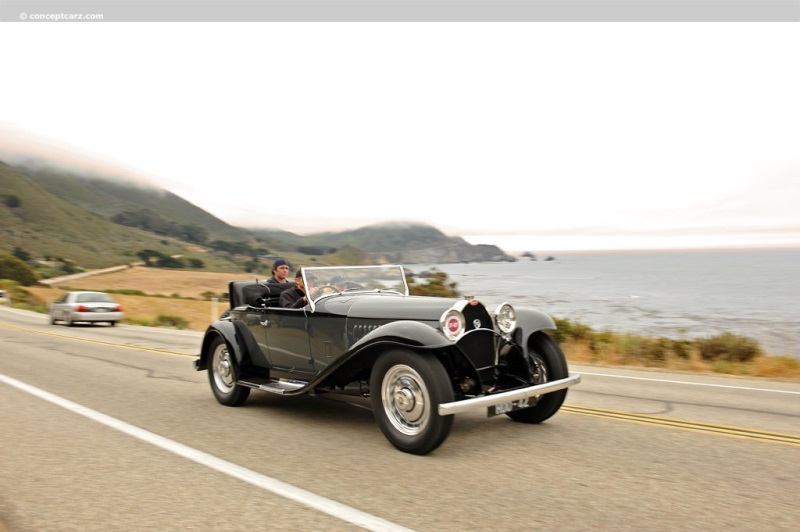1931 Bugatti Type 50 Navigation
- 1931 Bugatti Type 50 Menu
- Article
- Image gallery
- Valuation
- Specifications
- Profiles
1931 Bugatti Type 50 Vehicle Profiles
Recent Vehicle Additions
Performance and Specification Comparison
Price Comparison
Type 50 Specification Comparison by Year
Year
Production
Wheelbase
Engine
Prices
Related Automotive News

Audi Ready To Sign Off On Three Spectacular Decades In The DTM – The World'S Fastest Touring Car Series – In Style
DTM curtain call
Back on track – Audi ready to race when DTM returns at Spa-Francorchamps, 1-2 August
Jamie Green – the Englishman at home in Germanys elite race series
Audi V8 quattro DTM – the luxury saloon that blew the opposition away
...

Le Mans Winning Ex-Ecurie Ecosse Jaguar D-Type and Works Ferrari 268 SP Headline RM Sotheby's Monterey Auction
Le Mans heritage historic 1955 Jaguar D-Type—overall winner of the 1956 24 Hours of Le Mans—announced as latest headline attraction for RM Sothebys Monterey, California sale, August 19-20
Chassis no. XKD 501 was the first D-Type supplied by Jag...
HILTON HEAD ISLAND MOTORING FESTIVAL & CONCOURS D'ELEGANCE PRESENTS 2015 PINNACLE AND HONORED COLLECTORS
Fred Guyton collection to feature 2014 Pebble Beach Concours Best in Class winner
William Tom Gerrard recognized for Post-War collection and key Concours contributions
HILTON HEAD ISLAND, S.C. – Each year, the Hilton Head Isla...

GT40 ONE-TWO AT LE MANS LEGEND
A day after making the headlines with their return to Le Mans, Ford grabbed the limelight in the Le Mans Legend as well, as a pair of GT40s that competed at La Sarthe in the 1960s finished one-two.
Bernard Thuner, a veteran of three Le Mans 24 Hours...

SEVEN GT40S AMONGST LE MANS LEGENDS LINING UP FOR LE MANS LEGEND
The extended age range for this years Le Mans Legend race (Saturday 13th June) has allowed seven Ford GT40s to join the spectacular, packed historic grid that will race on the full Le Mans circuit just a few hours before the start of the modern 24 Hours...





























